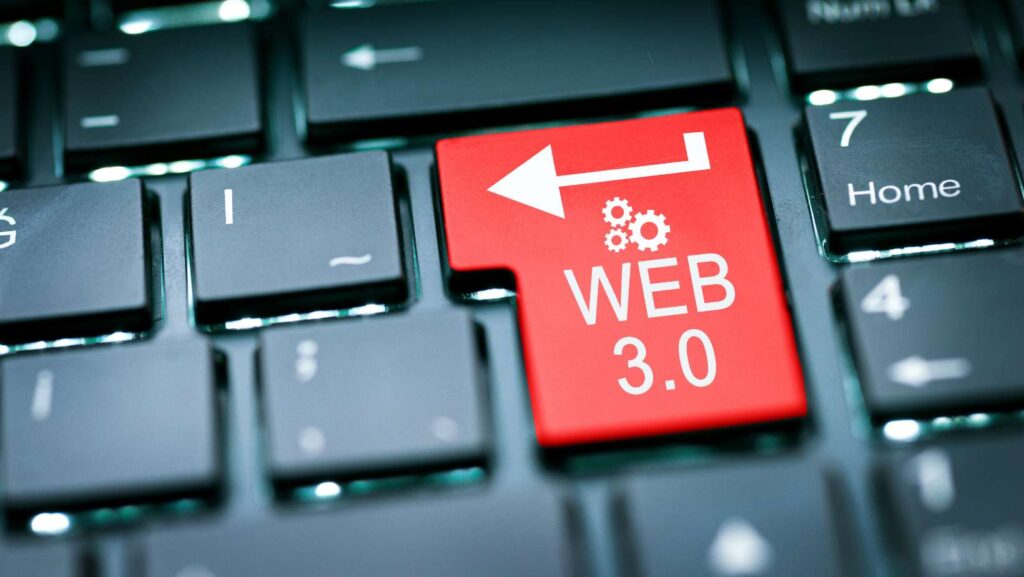Web 3.0 vs Web 2.0. The World Wide Web has come a long way since its inception in the early 1990s. From the birth of Web 1.0 to the rise of Web 2.0, the internet has revolutionized the way we communicate, work and live our lives. But now, a new era has dawned upon us – Web 3.0. The next generation of the web is poised to take the world by storm, offering limitless possibilities and unparalleled capabilities. In this article, we’ll explore why Web 3.0 reigns supreme and how it’s poised to change the internet landscape forever.
Table of Contents
ToggleWeb 3.0 vs Web 2.0 – What’s the Difference?
The key difference between Web 2.0 and Web 3.0 is the shift from centralized to decentralized architecture. Web 2.0 was characterized by the rise of social media, mobile computing, and cloud computing. However, these technologies were still built on a centralized model, where data was controlled by a handful of companies. Web 3.0, on the other hand, is built on top of decentralized technologies like blockchain, which allows for a distributed, peer-to-peer network that is more secure, transparent, and resilient.
Blockchain: The Backbone of Web 3.0
At the core of Web 3.0 is blockchain technology. Blockchain is a decentralized ledger that allows for secure and transparent transactions without the need for a trusted intermediary. It’s this technology that has enabled the rise of cryptocurrencies like Bitcoin and Ethereum. But blockchain is not just limited to cryptocurrencies. It has the potential to revolutionize a wide range of industries, from supply chain management to healthcare.
Decentralization: Empowering the Masses
The decentralized nature of Web 3.0 has the potential to empower the masses. In a centralized model, data is controlled by a handful of companies. This gives them immense power over individuals and can lead to data breaches and privacy violations. In a decentralized model, however, individuals have more control over their data and can decide who has access to it. This gives them greater privacy and security, and the ability to monetize their data if they choose to do so.
Enhanced User Experience: The Future is Here
Web 3.0 promises to deliver an enhanced user experience, thanks to the use of technologies like virtual reality (VR) and augmented reality (AR). With VR, users can immerse themselves in a virtual world, while AR overlays digital information onto the real world. These technologies have the potential to transform everything from gaming to education, creating more engaging and interactive experiences for users.
AI and Machine Learning: The Game Changers of Web 3.0
Another key feature of Web 3.0 is the use of artificial intelligence (AI) and machine learning (ML). These technologies are already being used in a variety of applications, from chatbots to recommendation engines. In Web 3.0, they will take on an even greater role, enabling more personalized and intelligent interactions between users and applications.
The Rise of Web 3.0 Startups: Innovating the Industry
The rise of Web 3.0 has created a fertile ground for startups to innovate and disrupt the industry. These startups are leveraging blockchain, AI, and other emerging technologies to create new products and services that are faster, cheaper, and more secure than their centralized counterparts. From decentralized finance (DeFi) to non-fungible tokens (NFTs), the possibilities are endless.
Conclusion: The Endless Possibilities of Web 3.0
As we’ve seen, Web 3.0 is poised to revolutionize the internet and transform the way we live our lives. From decentralized architecture to blockchain, AI, and machine learning, the possibilities are endless. It’s an exciting time to be alive, and we can’t wait to see what the future holds. So, if you’re not already on board, it’s time to start thinking about how you can leverage the power of Web 3.0 to change the world.





